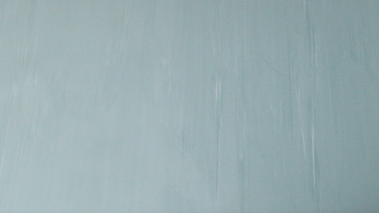 To install vinyl floor the materials/tools needed are vinyl flooring, tape measure, patching compound, small putty knife, utility knife or heavy-duty shears, roll of craft paper, masking tape, double-stick tape, handsaw, vinyl adhesive, fine-notched trowel, steel hand roller and 4 pieces of 1/8″ plywood (for sliding furniture on)
To install vinyl floor the materials/tools needed are vinyl flooring, tape measure, patching compound, small putty knife, utility knife or heavy-duty shears, roll of craft paper, masking tape, double-stick tape, handsaw, vinyl adhesive, fine-notched trowel, steel hand roller and 4 pieces of 1/8″ plywood (for sliding furniture on)
1. Measure accurately the room\’s dimensions and make a sketch of the room to be brought to the manufacturer\’s showroom or vinyl retail store. Add a few inches to each of the room\’s dimensions to allow extra material for cutting, trimming, and centering the pattern in the room.
2. Ensure sub-floor is flat and completely smooth. Fill in any holes or low-lying areas with a patching compound. Let dry for about an hour. Remove shoe molding in room and do a final clean up to make sure floor surface is completely clean.
To ensure the vinyl fits correctly to the door frame, take a scrap piece of the flooring that is going to be installed and lay it down next to the door frame. Saw the bottom of the door frame off with a handsaw to give the exact space needed for the flooring to fit underneath the door frame.
3. Lay out the vinyl flooring and mark areas where the excess will be cut out with a utility knife or heavy-duty shears. Reinforce corners that are cut with two pieces of masking tape to help protect the corner from tearing.
4. Lay the flooring in its final position with excess around each wall. Make relief cuts around obstructions. Make small half circles cuts for inside corners until the vinyl lays flat to the floor. Make straight relief cuts for outside corner.
5. Roll back the vinyl flooring next to the wall to expose the sub-floor. Create a partial template in order to make an exact cut by rolling some craft paper along the length of the wall. Line the edge of the paper against the wall and tape down with small pieces of masking tape every two feet to keep it from moving around. Then, apply a strip of double-stick tape every two feet or so to the craft paper and remove the backing from the top side of the tape. Roll the vinyl back into position over the template and press down firmly to adhere the vinyl to the template. Lift the vinyl back up to reveal the template stuck to the vinyl backing. The vinyl should be cut at the outer edge of the paper.
Tip : To fit template around pipes, tape sheets of paper on either side of the pipe and measure the distance from the wall to the center of the pipe; subtract 1/8-inch (to account for the 1/8-inch wall to paper gap). Transfer the measurement to a separate piece of paper; and draw the pipe diameter with a compass. Cut the pipe hole with scissors or a utility knife and fit the cutout around the pipe; tape the pipe-hole template to the adjoining template sheets.
6. Using a fine-notched trowel, spread a band of adhesive along the wall about 6 inches wide. Lay the vinyl back down into position and use a hand roller or block of wood (wrapped in a clean cloth) and press down onto the vinyl flooring. For full adhesion, spread the adhesive material onto the entire floor surface and roll the vinyl flooring back down into place. Allow to dry for 2 to 4 hours. Avoid heavy traffic and furniture for at least the first 24 hours.
7. Replace shoe molding and trim along the walls of the room.

